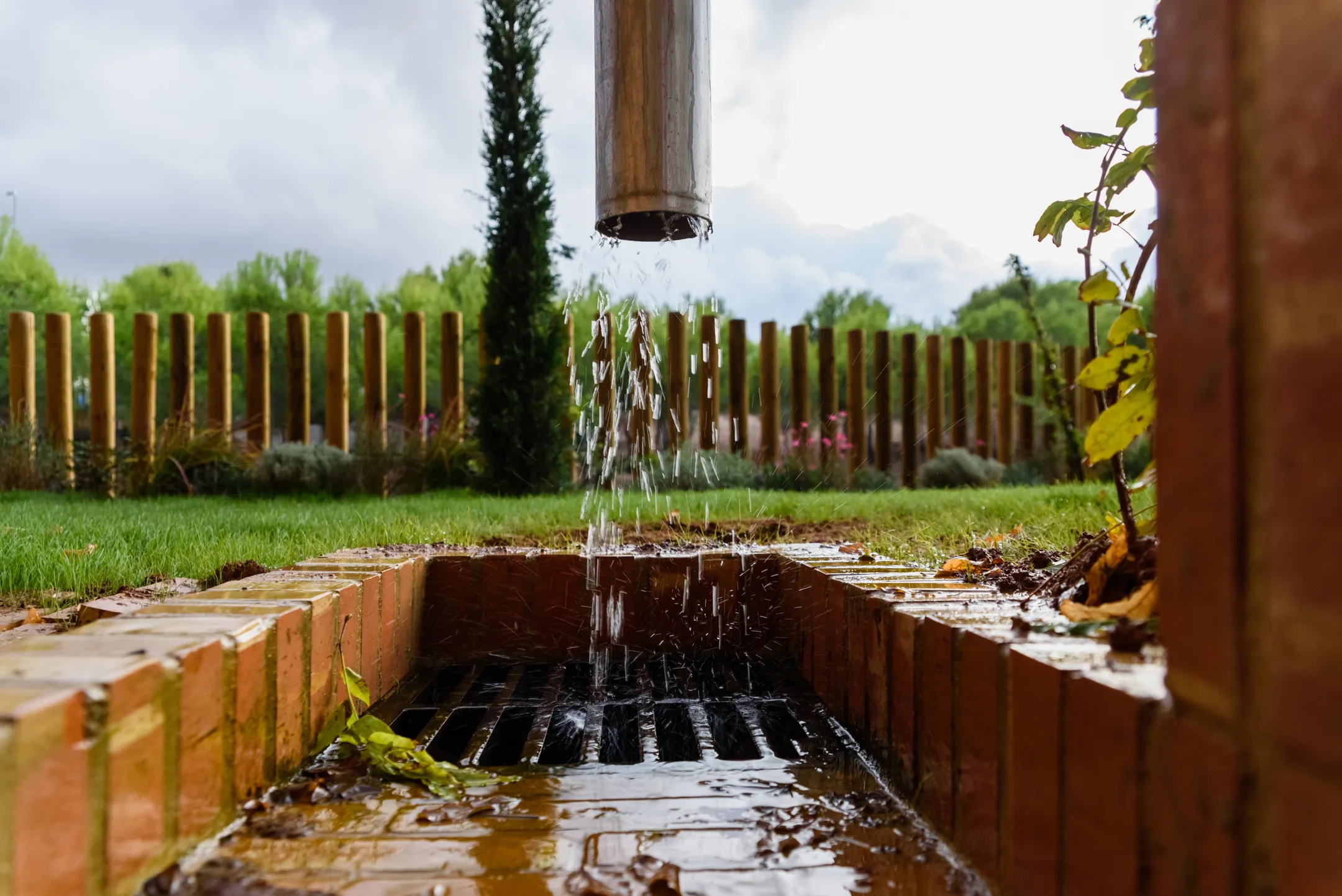Operational work
Operational work is the construction of infrastructure that affects a property or its use.
After you receive your development approval and conditions, you may also need to lodge an operational works application:
- lodge an application for operational works.
Operational work is the construction of infrastructure that affects a property or its use. This does not include building, plumbing or drainage work. It is normally work as part of a material change of use or reconfiguration of a lot development approval.
The Sunshine Coast Planning Scheme 2014 table 5.8.1 provides details about assessment of operational work.
You may need a operational work approval for works such as:
Engineering civil works
Engineering civil works
Civil works relates to infrastructure associated with utilities, water and transport such as:
- road works and stormwater
- access driveways, vehicle movement and car parking
- electrical reticulation, telecommunication and street lighting
- frontage works i.e. roads, kerbing, footpaths.
You may need to consult with the relevant utility providers as part of your civil works.
A temporary works permit for work in the road or verge is not required where an operational works approval is in place.
Electrical work
Electrical work
Electrical work relates to the design and provision of outdoor lighting for roads, pathways and car parking areas.
Filling and excavation
Filling and excavation
Filling and excavation are any type of earthworks. Earthworks is the removal or importation of material to or from a lot. It is also relocation of material within a lot that will change the ground level of the land.
Council's fact sheets have details on when you may need approval for this work:
- earthworks (DOCX, 195KB) including dams
- filling (DOCX, 1.4MB) in low lying areas.
Landscape work
Landscape work
Landscape work is the design of public and private recreational areas, open space and streetscapes. This includes the selection of plants.
Read our information on tree and vegetation management.
Tidal works
Tidal works
Tidal works relates to work carried out in canals or natural waterways. This includes pontoons, jetties, decks, boat ramps and landings.
Read more about tidal works.
Vegetation rehabilitation and clearing work
Vegetation rehabilitation and clearing work
Any proposed work involving vegetation clearing or environmental rehabilitation associated with a development. This type of work is assessed as part of the development application.
Refer to council's vegetation clearing page for more information.
Making an operational work application
To make an operational work application, use the relevant development assessment forms.
The DA Rules specify how applications are assessed and decided. Your application may also need:
- referral to the State Assessment and Referral Agency (SARA)
- assessment by other entities such as Queensland Fire and Emergency Services.
Development advice can help you understand what information you may need to provide with your application. You can also use our well made application and code checklists. Find out about lodging a development application.
Infrastructure built as part of a development approval can be public or private.
Public infrastructure and facilities are called ‘contributed assets’ and can include:
- roads and footpaths
- parks and playgrounds
- streetscape and furniture
- stormwater drainage
- street lighting.
Public infrastructure must be built safe and fit for purpose for the community to use. To ensure this, it needs to follow a detailed council inspection, maintenance and acceptance process.
Private infrastructure built as part of a development approval does not follow this process. It is the developer's responsibility to construct this infrastructure. They must have it inspected and certified by a certified professional. This is to ensure compliance with conditions of a development approval.
To find out more go to operational work construction.
Subpages
Find out more about our online contributed asset acceptance portal.
Find out more about conditions relating to construction of public infrastructure and facilities.

It is important to maintain your stormwater drains and help prevent pollution, property damage and flooding. Find out what to do if you have a stormwater problem.
Road and footpath activities are controlled under Local Law 1.
